Consumers are coming to prefer mobile or digital ordering options whenever they are offered, with 45 percent of diners claiming they would actually spend more at restaurants if they had the ability to pay online.
Offering the ordering and payment options consumers now prefer represents a key opportunity for quick-service restaurants (QSRs) and other eateries, especially as the pandemic continues to squeeze restaurant revenues. Yet QSRs must make sure they are providing digital diners not only a speedy, streamlined ordering experience, but a secure one, too. Fraudsters have picked up on the increased shift to digital channels as well and are adjusting their strategies accordingly. It is thus essential for eateries to revamp their fraud protection approach if they want to keep their mobile ordering platforms seamless and fraud-free.
In the latest Mobile Order-Ahead Tracker®, PYMNTS analyzes how the ongoing pandemic has 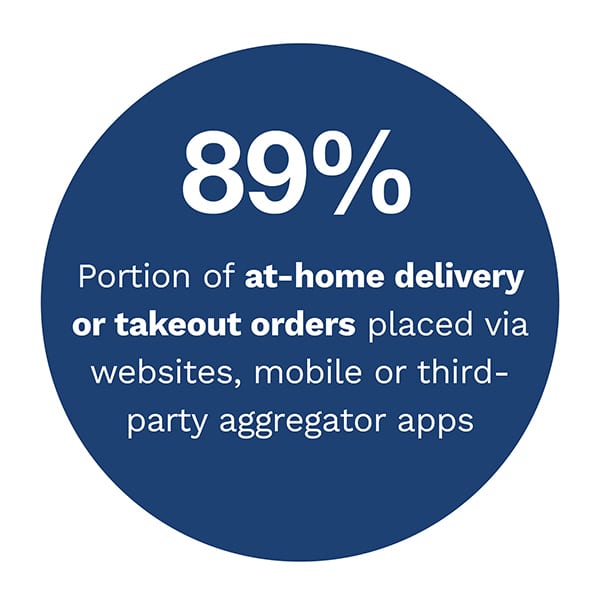 impacted consumers’ digital ordering preferences and how these trends have influenced the way fraudsters are attacking restaurants or third-party delivery platforms. It also examines how making use of automated technologies could help QSRs curb fraud while maintaining speedy and seamless ordering experiences.
impacted consumers’ digital ordering preferences and how these trends have influenced the way fraudsters are attacking restaurants or third-party delivery platforms. It also examines how making use of automated technologies could help QSRs curb fraud while maintaining speedy and seamless ordering experiences.
Around The Mobile-Order Ahead World
Consumers are reaching for their smartphones more often than their laptops to order their food, and fraudsters are taking advantage of this trend to increase their attacks on third-party mobile delivery apps. This includes fraudsters who are using apps to target restaurants or consumers that are not participating on these apps at all. Consumers in both Canada and the United States have reported seeing fraudulent charges from third-party delivery app DoorDash, despite not having DoorDash accounts. These scams typically occur after consumers’ payment details have been stolen, with fraudsters making small charges to test out the cards, and can be difficult for platforms to quickly isolate. Figuring out ways to do so will become more essential for digital dining apps and their partner restaurants the more popular digital ordering becomes.
QSRs must protect against fraud in a way that does not add undue friction into the consumer experience, however. Integrating technologies such as artificial intelligence (AI) is one way to ward against bad actors while also helping to smooth out consumers’ orders. Mitra QSR — a franchised restaurant operator running over 200 KFC and Taco Bell locations — is among those incorporating the technology. The company is integrating AI into its back-end processes to help boost its data analytics, partnering with a third-party technology provider to do so. Using AI in this way can help Mitra QSR restaurants to track incoming data from consumers’ orders and better personalize future experiences, for example, as well as to keep abreast of changes in public health guidelines.
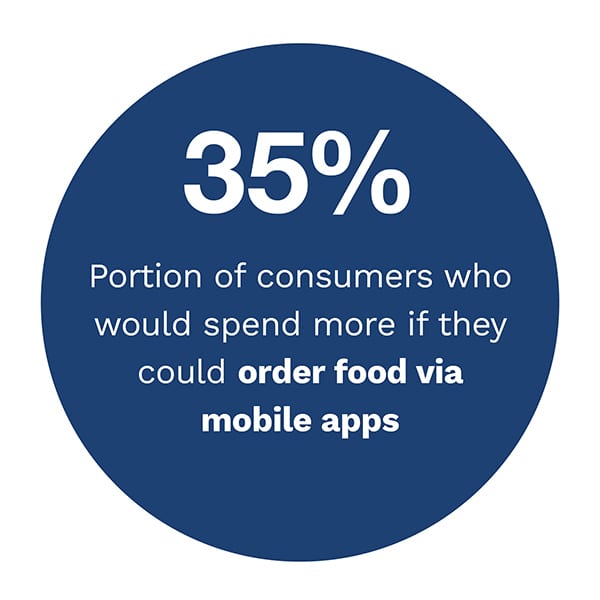 Mitra QSR is far from the only entity that is eyeing the potential benefits of AI, machine learning (ML) or other automated tools. One study found that about half of all restaurants and coffee shops surveyed claimed they set aside more resources for technology development in the past year, for example. Thirty-nine percent of QSRs noted they have shifted to focusing their resources on consumer-facing tools since the start of the pandemic. Using these technologies to develop solutions that can enhance both consumers’ online and in-person dining experiences may help these QSRs to stay competitive in an increasingly saturated market.
Mitra QSR is far from the only entity that is eyeing the potential benefits of AI, machine learning (ML) or other automated tools. One study found that about half of all restaurants and coffee shops surveyed claimed they set aside more resources for technology development in the past year, for example. Thirty-nine percent of QSRs noted they have shifted to focusing their resources on consumer-facing tools since the start of the pandemic. Using these technologies to develop solutions that can enhance both consumers’ online and in-person dining experiences may help these QSRs to stay competitive in an increasingly saturated market.
For more on these and other stories, visit the Tracker’s News & Trends.
How Jersey Mike’s Is Using 2FA, AI To Help Oust Fraudsters From Its Mobile, Digital Channels
Takeout and delivery are growing increasingly popular among consumers, meaning QSRs and other fast casual eateries are facing fierce competition when it comes to capturing their attention. These restaurants must keep their diners invested and ordering while also keeping out the rising number of fraudsters trickling onto these mobile platforms, however.
Fast casual sandwich and sub shop Jersey Mike’s Subs has integrated AI and two-factor authentication (2FA) into the ordering process to help block fraud, for example, according to Chief Information Officer Scott Scherer.
To learn more about how integrating 2FA and other tools could help bolster fraud prevention, visit the Tracker’s Feature Story.
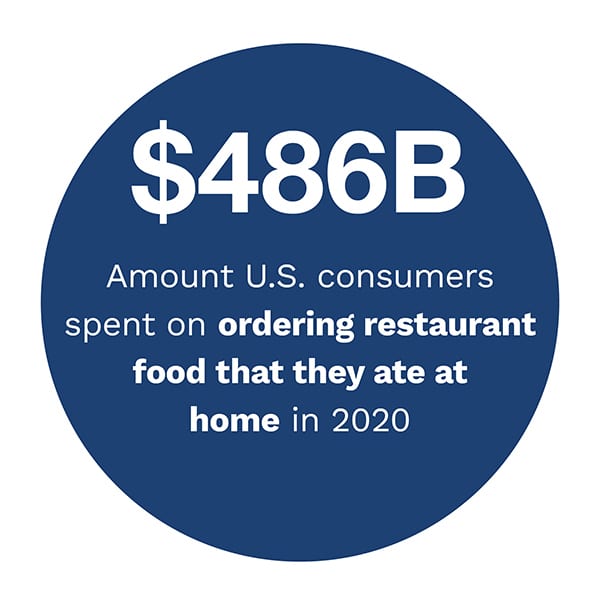 Deep Dive: Why Food Delivery Payment Fraud Is on the Rise and How Automated Technologies Can Help
Deep Dive: Why Food Delivery Payment Fraud Is on the Rise and How Automated Technologies Can Help
Mobile orders for takeout and delivery have become a key source of revenue for many QSRs as they struggle to survive the pandemic. Fraudsters have also taken note of diners’ newfound preference for digital dining, however, and are using a growing list of new scams and emerging technologies to skim money and data from mobile ordering platforms. Protecting against this type of fraud is essential for QSRs as well as for their third-party delivery partners to provide the seamless experiences consumers are expecting. Tapping automated tools such as AI and ML could help give restaurants the edge they need to keep these bad actors out.
To learn more about how automated tools such as AI and ML could help to enhance QSRs’ fraud protection strategies, visit the Tracker’s Deep Dive.
About The Tracker
The monthly Mobile Order-Ahead Tracker®, a Kount collaboration, offers coverage of the most recent news and trends from the QSR space and a provider directory highlighting key players across the mobile order-ahead ecosystem.
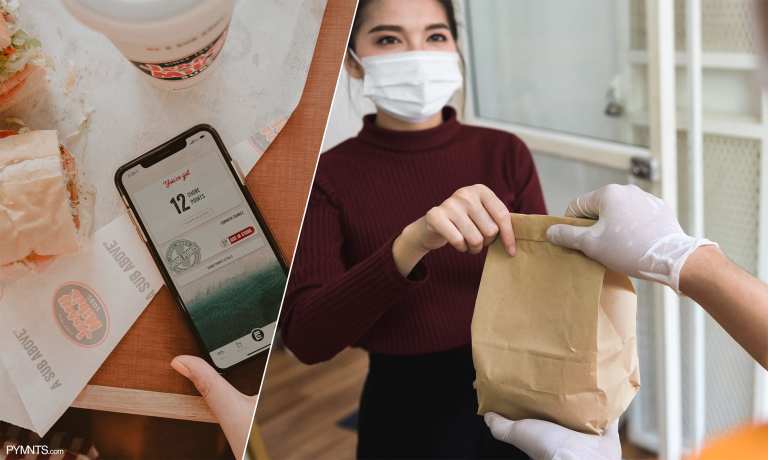
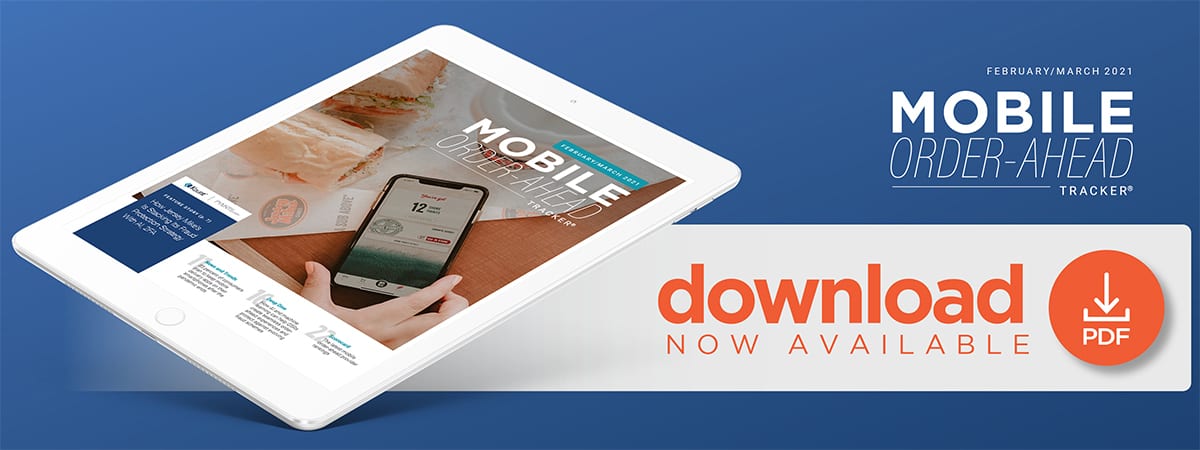 Americans spent more than $769 billion ordering food from restaurants in 2020, PYMNTS found, and a significant chunk of these orders originated from websites or mobile apps.
Americans spent more than $769 billion ordering food from restaurants in 2020, PYMNTS found, and a significant chunk of these orders originated from websites or mobile apps.





